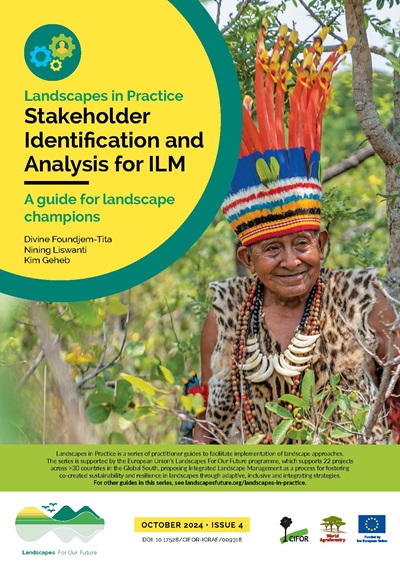Key Messages
- Stakeholder engagement is a precondition to Integrated Landscape Management (ILM) success. The higher the level of engagement, the greater the likelihood of success and sustainability.
- Stakeholder identification and analysis is complicated by diversity amongst stakeholders, which emerges from variable interests, different types of knowledge, and contexts. Most stakeholder engagement, identification and analysis approaches try to reveal and understand this complexity.
- Stakeholder analysis is strategic. It allows interventions to determine who they should engage with to succeed and which inter-stakeholder relations should be targeted for attention.
- The ‘strategic relevance’ of stakeholders is determined by the degree to which they are judged to influence a project’s success.
- There are usually competing or contradictory interests among stakeholders, often expressed as conflict. The presence of conflict amongst stakeholders should be assumed from the outset and can represent a significant risk to intervention success.
- The strategies used to engage with (and between) stakeholders will reflect their strategic relevance and can be brainstormed and deliberated through the development of a Theory of Change.
- Engaging with stakeholders calls for the deployment of ‘soft-skills’ such as mediation, facilitation, convening and negotiation.
- Stakeholder relevance and relations will change over the course of a project intervention. As such, stakeholder analysis is not restricted to the beginning of an initiative, but is necessary throughout its duration.
DOI:
https://doi.org/10.17528/cifor-icraf/009318Score Altmetric:
Dimensions Nombre de citations:
Année de publication
2024
Auteurs
Foundjem-Tita, D.; Liswanti, N.; Geheb, K.
Langue
English
Mots clés
landscape conservation, stakeholders, theory of change, research project

















